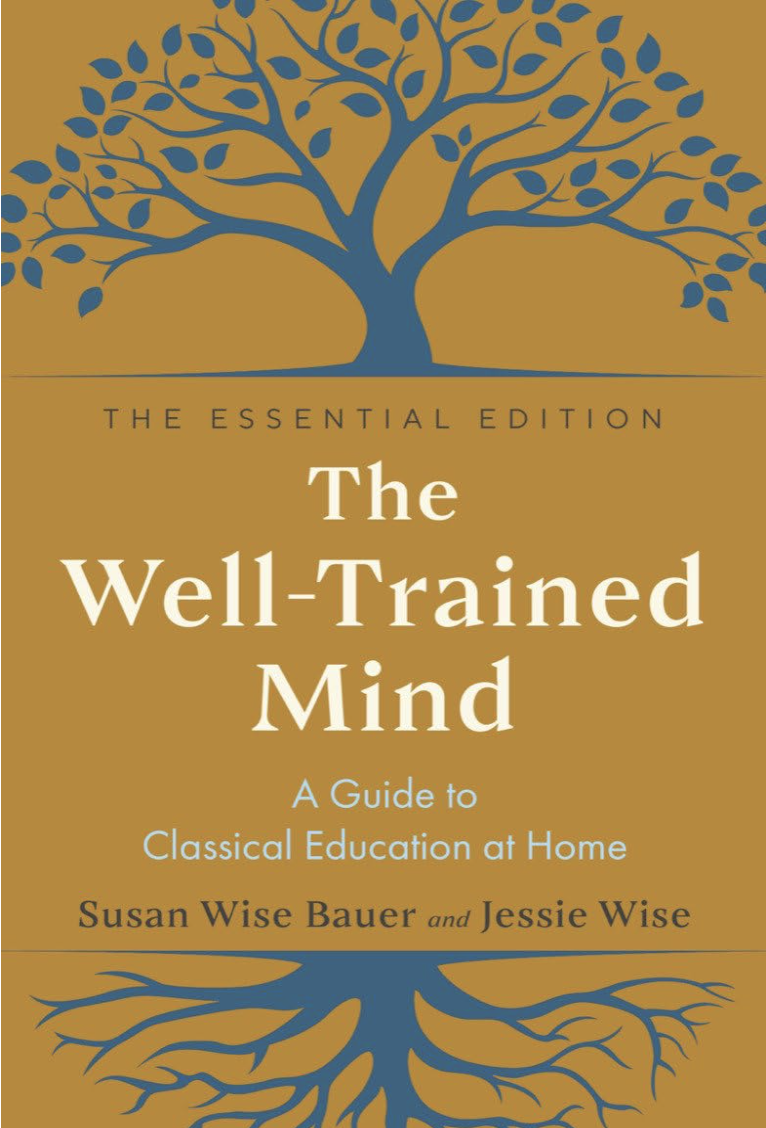Have you ever paused to observe how a 4-year-old with incessant questions evolves into a monosyllabic teen? Today, let’s delve into a fascinating topic that affects every child’s journey of learning and discovery: the decline in curiosity over time. It’s a phenomenon that many parents and educators have observed – that spark of curiosity and wonder that seems to dim as children grow older. But what causes this decline, and how can we reignite the flame of curiosity in our children? Here are our top takeaways:
1. External Pressures and Expectations
As children progress through school and navigate the demands of academic and extracurricular activities, they may face increasing pressure to perform well, meet expectations, and excel in standardized tests.

This focus on achievement and outcomes can inadvertently dampen a child’s natural curiosity and love of learning as they become more concerned with meeting external expectations rather than exploring their own interests and questions.
2. Lack of Time and Space for Exploration
In today’s fast-paced world, children’s schedules are often filled to the brim with structured activities, homework, and screen time, leaving little time and space for unstructured play, exploration, and curiosity-driven learning. Families are often on the go, racing between school and extracurricular activities. Children need opportunities to follow their interests, tinker, and experiment to maintain their innate curiosity and sense of wonder.
3. Fear of Failure and Mistakes
As children grow older, they may become more self-conscious and risk-averse, fearing failure, embarrassment, or judgment from their peers and adults. This fear of making mistakes can stifle curiosity and experimentation as children become reluctant to step outside their comfort zones and explore new ideas or pursue challenging questions.
4. Overreliance on Technology
While technology can be a powerful tool for learning and exploration, overreliance on screens and digital devices can have a detrimental effect on a child’s curiosity and imagination. With instant access to information and entertainment at their fingertips, children may become passive consumers rather than active creators, relying on external sources for answers rather than engaging in curiosity-driven inquiry and exploration.
5. Lack of Role Models and Mentors
Children are deeply influenced by the adults and role models in their lives, including parents, teachers, and caregivers. If they don’t see curiosity and lifelong learning modeled and encouraged by the adults around them, they may not prioritize curiosity in their own lives. Conversely, positive role models and mentors who embrace curiosity, ask questions, and pursue their interests can inspire and empower children to do the same.

How can we combat this?
- Create a culture of curiosity:
- Encourage questions
- Celebrate mistakes and turn them into learning opportunities
- Frame learning as a life-long journey
- Give them space
- Leave time for unstructured play
- Give them space to explore, whether it is a new book or a new terrain.
- Provide hands-on learning experiences that allow children to follow their interests, tinker, and experiment.
- Model curiosity and lifelong learning
- Ask questions
- Explore new topics and interests
- Share your own learning experiences with your children
- Foster a growth mindset
- Praise effort, persistence, and resilience rather than innate ability and talent
- Encourage children to embrace challenges and learn from setbacks
- Encourage interdisciplinary learning and connections
- Help your children make connections between different subjects and areas of interest.
- Help your children see the relevance and interconnectedness of their learning experiences.
Conclusion
The decline in a child’s curiosity over time is a complex phenomenon influenced by various factors, including external pressures, lack of time and space for exploration, fear of failure, overreliance on technology, and lack of positive role models. However, by understanding these factors and taking proactive steps to nurture curiosity and foster a love of learning, parents and educators can help children reclaim their sense of wonder, curiosity, and joy in the journey of discovery no matter the educational setting.
And for those considering homeschooling, remember that homeschooling can be a powerful catalyst for creativity and curiosity, providing a flexible, personalized, and supportive environment where children can thrive and reach their full potential. So let’s embrace curiosity, ask questions, and explore the world together!






+ show Comments
- Hide Comments
add a comment